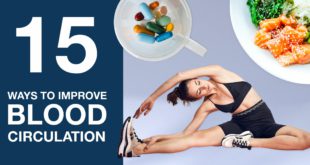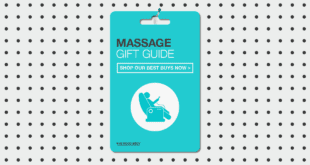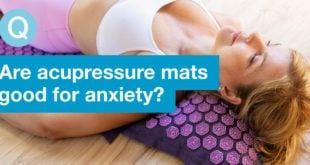Here are 18 scientifically-proven treatments, lifestyle changes, and products that can help you unwind and relieve muscular tension.
1. Enjoy a Massage
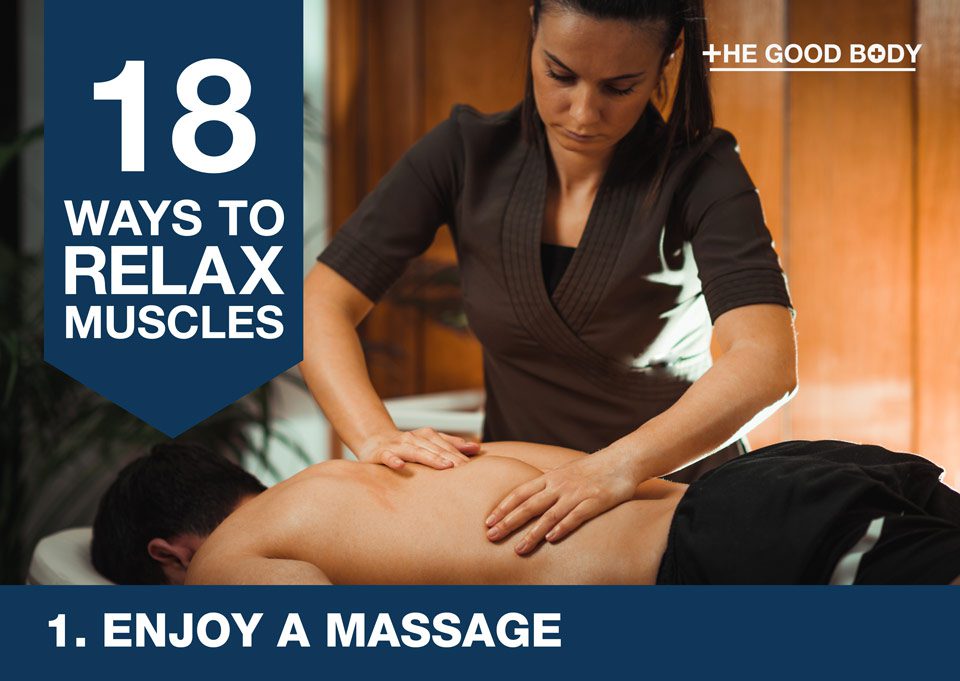
Massage is the perfect way to unwind and relax, but that’s not all.
According to the American Massage Therapy Association muscle tension can be reduced through massage.
The University of Minnesota has outlined the science behind this:
Massage therapy relaxes muscle tissue, which reduces painful contractions and spasms.
It can also cut down nerve compression.
When your muscles tense, they compress the nerves around them. However, when muscles are relaxed, the nerves are no longer compressed and can receive proper nutrients and operate more efficiently.
The nerves can get back to their day job of transmitting messages to and from the brain, and improving the functioning of muscles and organs.
There are many different types of massage that you can explore.
When you want to relax, choose a Shiatsu massage. Able to handle something a little more intense? Try a deep tissue massage to get rid of knots and tightness.
Remember you can also enjoy the treatment in the comfort of your own home by investing in a massage chair or by purchasing a percussive massage gun.
2. Hot Therapy
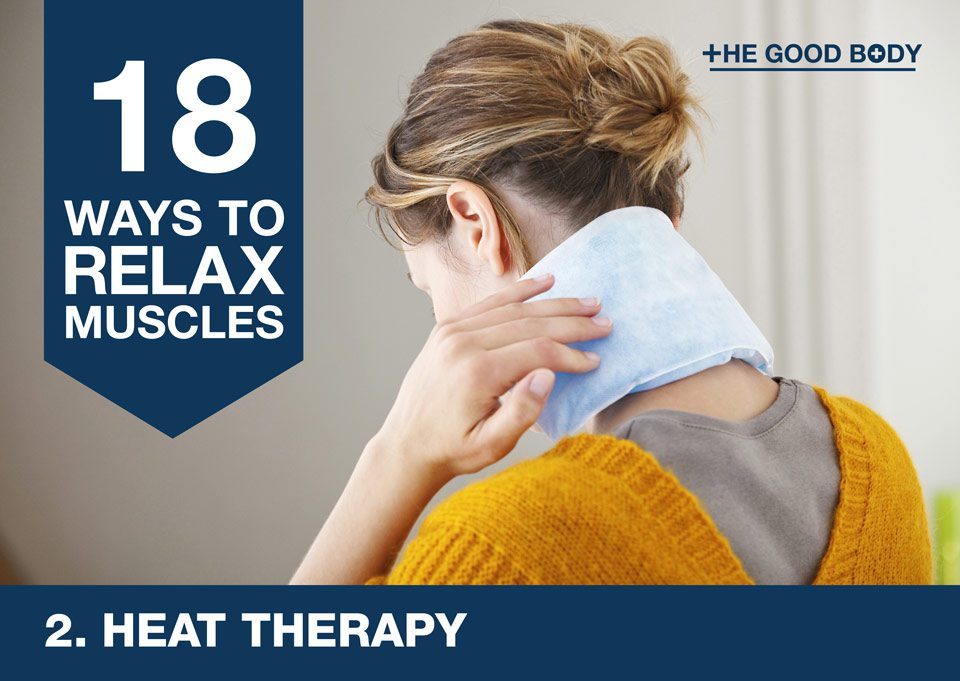
Heat therapy, also referred to as ‘thermotherapy’, is a treatment recommended for anyone suffering from pain caused by muscle damage.
Applying heat to any inflamed part of the body will dilate blood vessels, getting the blood pumping and loosening up any tight muscles.
It’s also psychologically reassuring for many, and this enhances analgesic properties.
You could consider using a hot water bottle or heat pad, which you can switch on for instant warmth.
Hydrotherapy can also be beneficial or simply just sink in to a warm bath.
Poet and novelist, Sylvia Plath summarised the advantages in her novel The Bell Jar:
I am sure there are things that can’t be cured by a good bath but I can’t think of one.
Enjoying a bath also provides the perfect opportunity to do a little self-massage too.
3. Cold Therapy
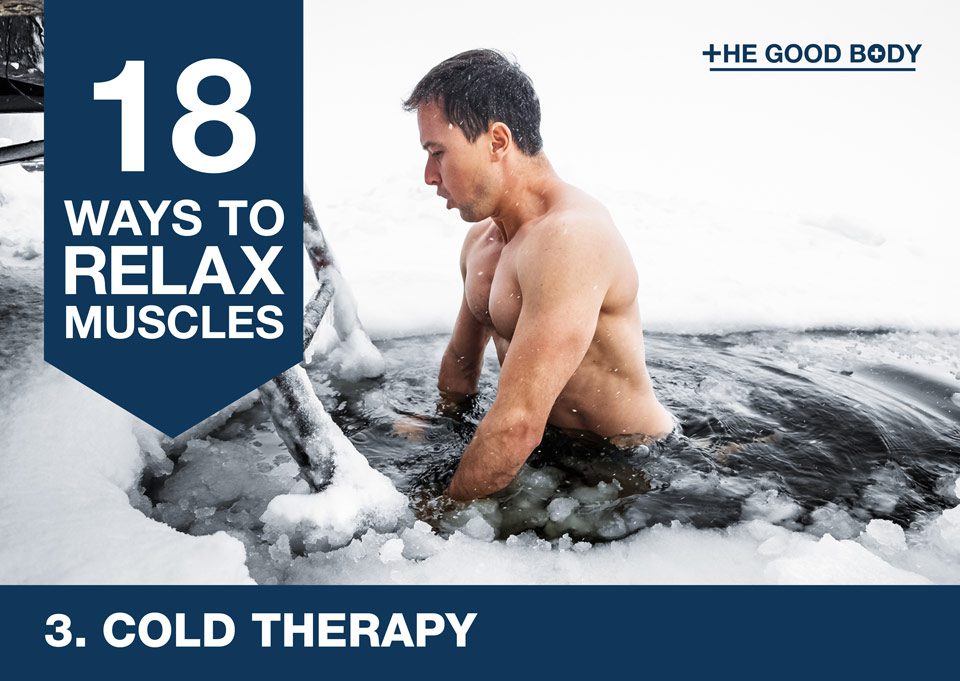
On the other end of the spectrum is cold therapy, also called ‘cryotherapy’. This reduces blood flow to the injury site, inflammation, swelling and tissue damage.
When we exercise, our muscles experience ‘micro-traumas’ which results in inflammation, fluid accumulation and a bunch of other things that lead to muscle soreness.
If we apply cold straight after a workout we’re slowing the inflammation process and reducing soreness.
Cold therapy seems to be particularly effective at treating swollen or inflamed joints.
No matter the injury type or micro-trauma, cold therapy is best applied within 48 hours of the event. Wrap an ice pack or cold compress in a thin cloth as you don’t want to apply it directly to your skin. If you’re brave enough, go for whole-body cryotherapy, and dunk yourself in an ice bath!
Why not enjoy the benefits of both hot and cold therapy?
Many athletes use a combination, applying cold and then heat to help with muscle soreness.
This is referred to as contrasting therapy as the cold restricts the blood flow and then the heat pumps the blood to the same area.
Research has shown contrasting therapy to be effective at reducing muscle soreness.
4. Progressive Muscle Relaxation
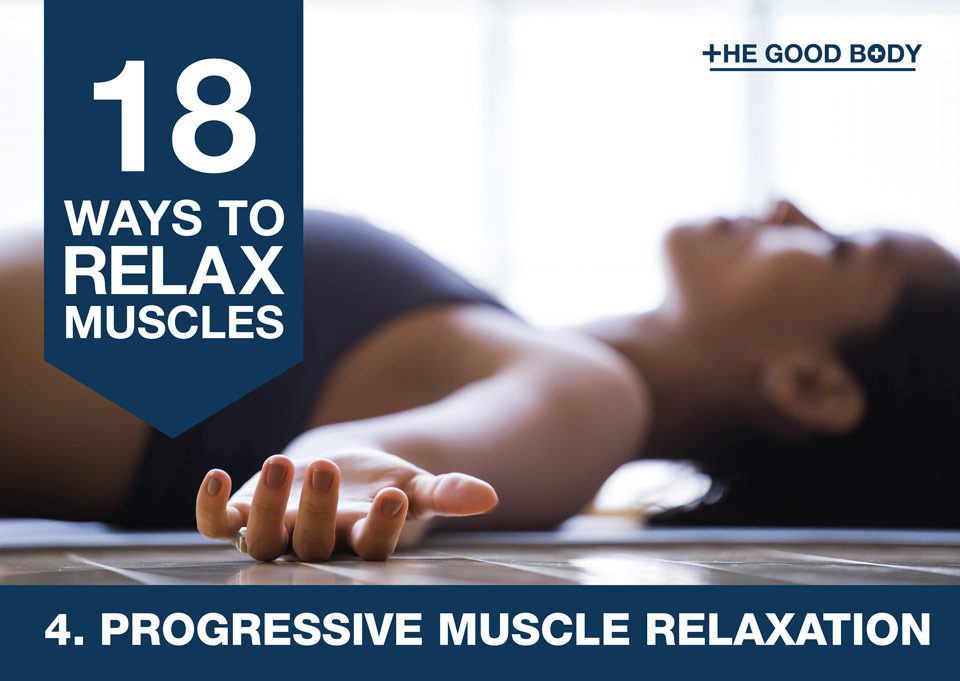
An easy way to relax both your mind and your body is through your breathing.
One technique to try is Progressive Muscle Relaxation, as it helps to relieve muscle tension.
You need to tense a group of muscles as you breathe in and then relax them as you breathe out, working through different muscle groups.
When you’re physically relaxed, it’s difficult to feel anxious as you’re placed into a state of calm. Practice makes perfect though!
Below are guided exercises from John Hopkins Medicine to help you get started:

Another name for this technique is ‘body scan’ meditation.
Cardiologist Herbert Benson, MD, founder of the Mind/Body Institute at Harvard Medical School’s Beth Israel Deaconess Medical Center explains:
The relaxation response from meditation helps decrease metabolism, lowers blood pressure, and improves heart rate, breathing, and brain waves.
The body receives a quiet message to relax and tightness can be diminished from our muscles.
It’s just one of the many reasons to start meditating today!
5. Try a TENS or EMS Unit
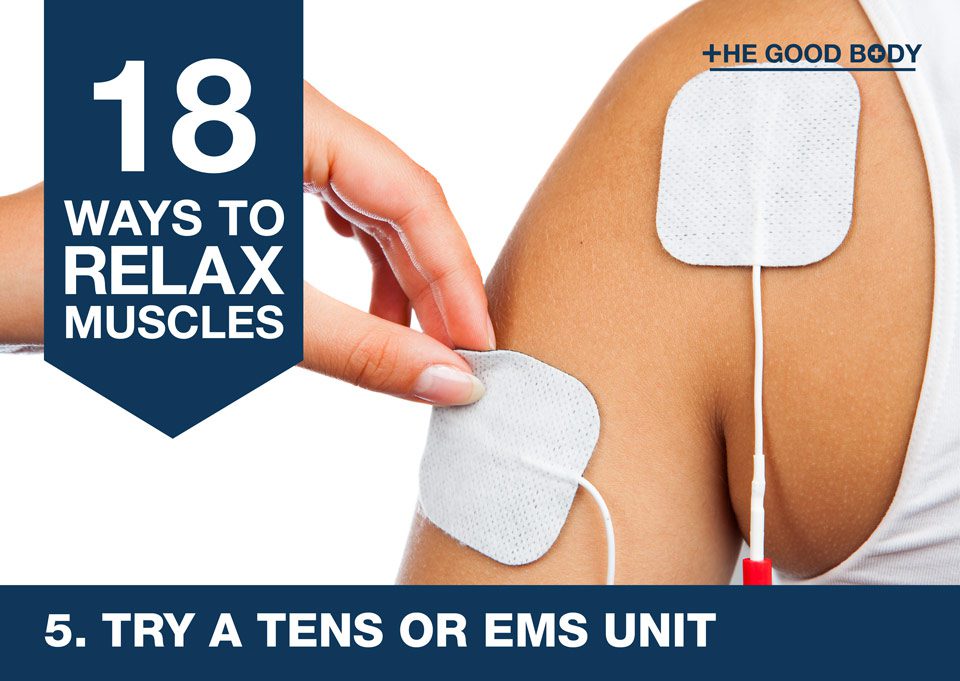
The National Health Service (NHS) in the UK suggests TENS (transcutaneous electrical nerve stimulation) as an effective treatment option for muscle spasms.
A TENS unit is a battery-operated device that is used to treat pain. It works by stimulating the nerves and stopping pain signals from reaching the brain.
TENS therapy is shown to help ease tight muscles.
Alternatively you could try an EMS machine. Electronic muscle stimulation can loosen knots and help to build muscle.
It looks very similar to a TENS device, as both have electrode pads and mild electrical impulses.
If you want to give either a try we’ve shortlisted the best TENS units, as well as many great EMS tools on the market right now.
6. Magnesium and Potassium Supplements
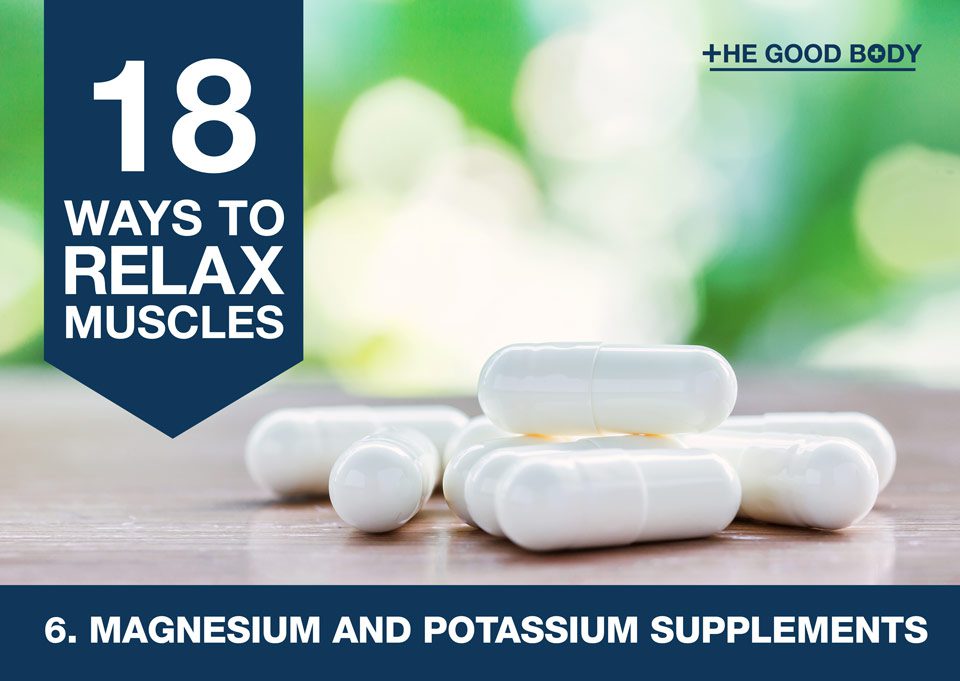
Magnesium and potassium are both essential minerals (you may have heard them referred to as electrolytes) when it comes to muscle relaxation.
Firstly, magnesium:
There is lots of magnesium in the human body, approximately 25g, with 50-60% present in the bones and the rest in the soft tissues.
However, most of us are magnesium deficient which is hard to detect as most is inside our cells and bones.
So what does it do for our muscles?
Magnesium helps our muscles relax by acting as a calcium blocker.
In our muscles, calcium binds to proteins, and when this happens, the shape of the proteins changes and the muscles contract.
Magnesium goes into battle with calcium for these binding spots to relax the muscles. This is why magnesium is recommended as a way to get rid of muscle cramps.
There are lots of different magnesium supplements available.
For relaxing muscles, take a look at magnesium malate. It contains ‘malic acid’ which has been proven to soothe muscle pain by relaxing tension. Scientific analysis has even shown it provides a great deal of relief for fibromyalgia patients.
Now for potassium:
Potassium, as explained by Colorado State University, is essential for muscle contractions, communication between muscles and nerves, and our overall muscular function.
The majority of potassium in our bodies is stored in cells. It’s slightly easier to gauge potassium status in your body, compared to magnesium, as blood potassium levels can give some indication but they can’t show what the stores are like in the cells.
Don’t forget that potassium and magnesium are naturally present in lots of food and added to food products so there are plenty of ways to get it into your body.
7. Practice Yoga or Pilates
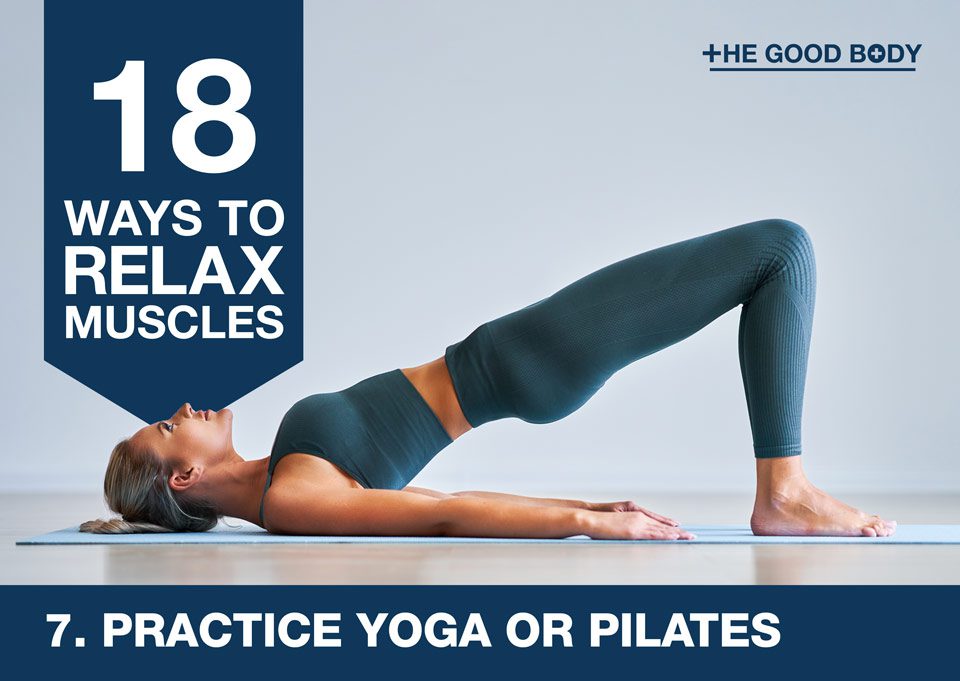
Making a really good stretch part of your daily routine is important.
Not only does it improve flexibility and allow your joints to move through the full range of motion, it also prevents injuries, has powerful stress-busting abilities and encourages your muscles to relax.
Yoga and Pilates are all about stretching!
Bess Abrahams, a yoga therapist in New York City explained to news24 that the stretching in yoga helps with muscular tightness.
2023 yoga statistics show that 300 million people worldwide have embraced the practice.
If you’re completely new to yoga, then there are postures perfect for beginners, and many powerful yoga influencers you can follow to inspire you.
Pilates is a similar exercise to yoga that helps to melt away tension and leaves you feeling stronger too. It incorporates many relaxation techniques as it focuses on muscles in a steady and controlled way.
8. Experience Acupressure
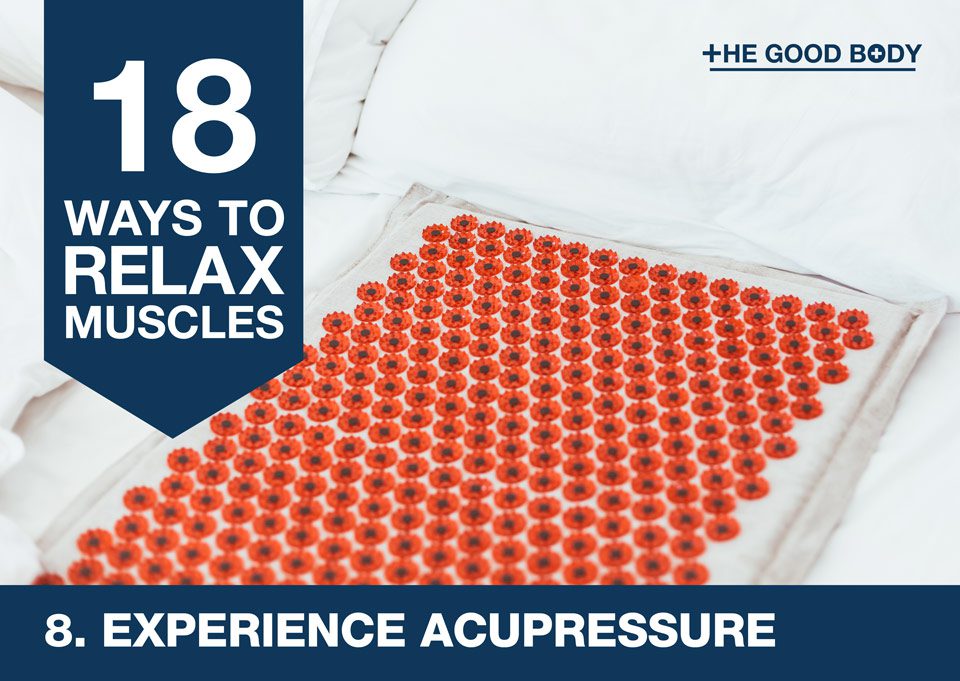
Acupressure is a type of massage therapy that can improve your wellbeing in so many ways, including relieving muscle tension.
It’s simple but effective. During your treatment fingers will be pressed onto key points referred to as ‘acupoints’ to help with pain relief and muscle relaxation.
This technique is used on ‘trigger points’ within muscles and tissues. Trigger points are hyper-irritable spots that can feel like a knot under the skin, where a muscle and nerve meet potentially leading to spasms.
Pain signals to the brain are interrupted during the treatment and this encourages a deeper sense of relaxation.
You can experience the treatment in your own home by investing in an acupressure mat.
When you lay on the mat, the plastic or metal points will replicate the treatment, allowing you to experience all the health advantages of acupressure.
9. Reduce Stress
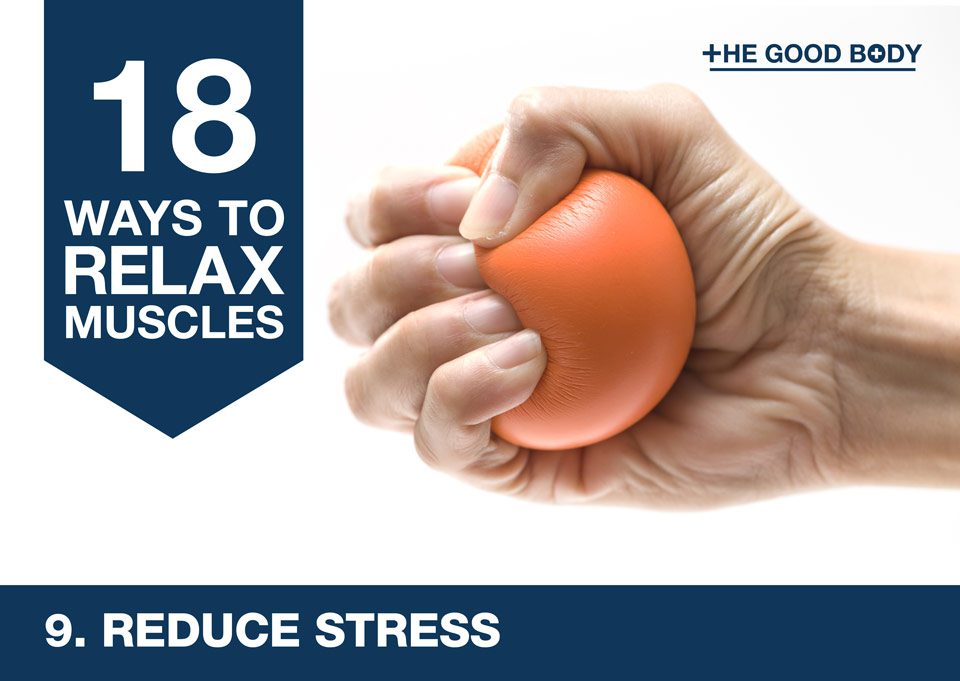
The Anxiety and Depression Association of America has published an alarming statistic:
40 million adults, that’s nearly one-fifth of the population, in the US are affected by anxiety disorder.
That’s not all:
The Stress in America survey results show that adults continue to report high levels of stress, and many report that their stress has increased over the past year.
If you’re feeling tense or stressed, it’s likely your muscles are feeling it too!
There are lots of ways you can reduce stress. You could consider starting yoga, experimenting with meditation or journaling your thoughts and feelings.
10. Topical Creams
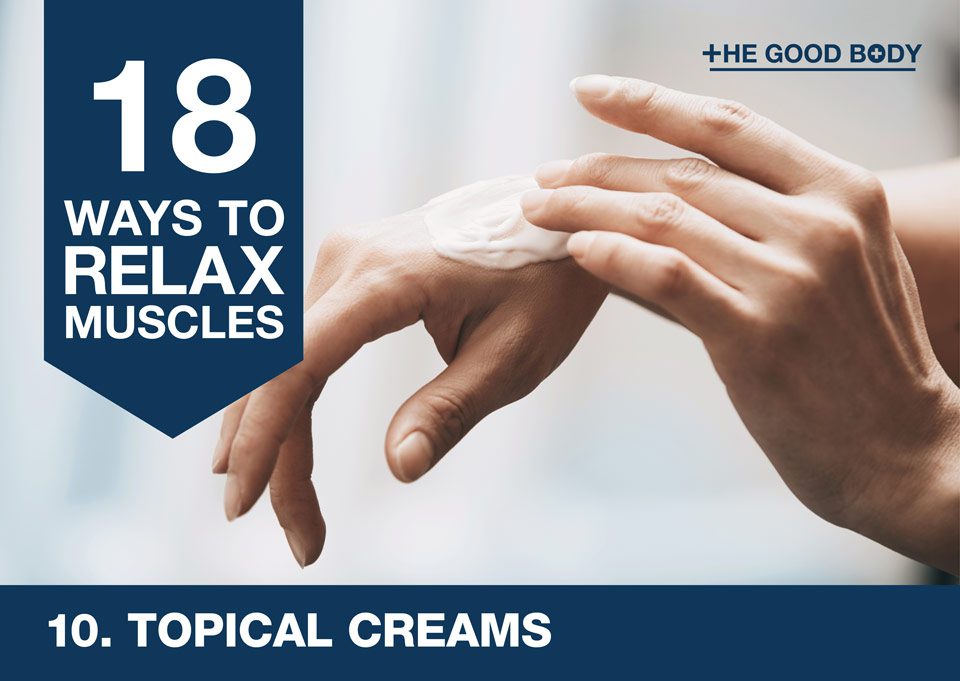
Achy and tense muscles can benefit from topical creams that you either spray or rub into the affected areas.
There are lots of different products available that can provide pain relief. The most common types are:
- Capsaicin – Don’t be alarmed if these creams make you feel a burning sensation when applied, as the main ingredient is hot chili peppers!
- Counterirritants – Counterirritants create a burning or a cooling sensation that will take your mind away from the pain.
- Lidocaine – Normally offered in the form of a gel or patch, it is designed to numb the pain.
- Prescription non-steroidal anti-inflammatory drugs (NSAIDs) – Topical forms of NSAIDs are sometimes recommended as they’re less likely than oral NSAIDs to produce gastrointestinal side effects.
Topical cannabidiol (CBD) products are increasing in popularity but the oil form is still the preferred choice for many. We talk more about that below…
11. Try CBD Oil
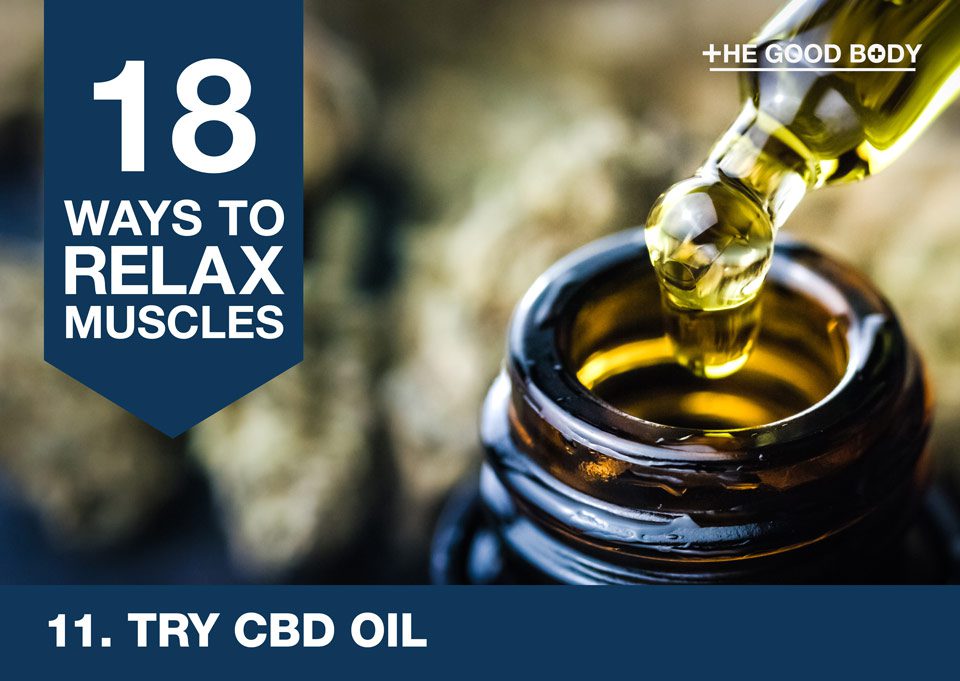
CBD oil is a natural muscle relaxant that has been developed by extracting CBD (Cannabidiol) from the cannabis plant and then diluting it with a carrier oil.
It powerfully prevents neurotransmitters that bring on muscle spasms and tightness from being released.
For those suffering with multiple sclerosis (MS), a disease where the immune system attacks the central nervous system’s protective covering, CBD oil can be particularly effective.
A study showed the use of CBD-THC oromucosal spray helped to normalize muscle fibers.
Research also indicates that CBD has anti-anxiety properties!
If you’re new to CBD and don’t like the idea of a cannabis based product, then this might put your mind at ease:
Some people can’t tolerate THC, the main psychoactive compound found in cannabis that produces the ‘high’.
The American Academy of Dermatology Association claims there is little or no trace of THC so it won’t produce a ‘high’.
Since there are currently no over-the-counter CBD products approved by the Food and Drug Administration (FDA), it’s important to do your research and make sure you’re buying a quality product.
12. Visit a Chiropractor
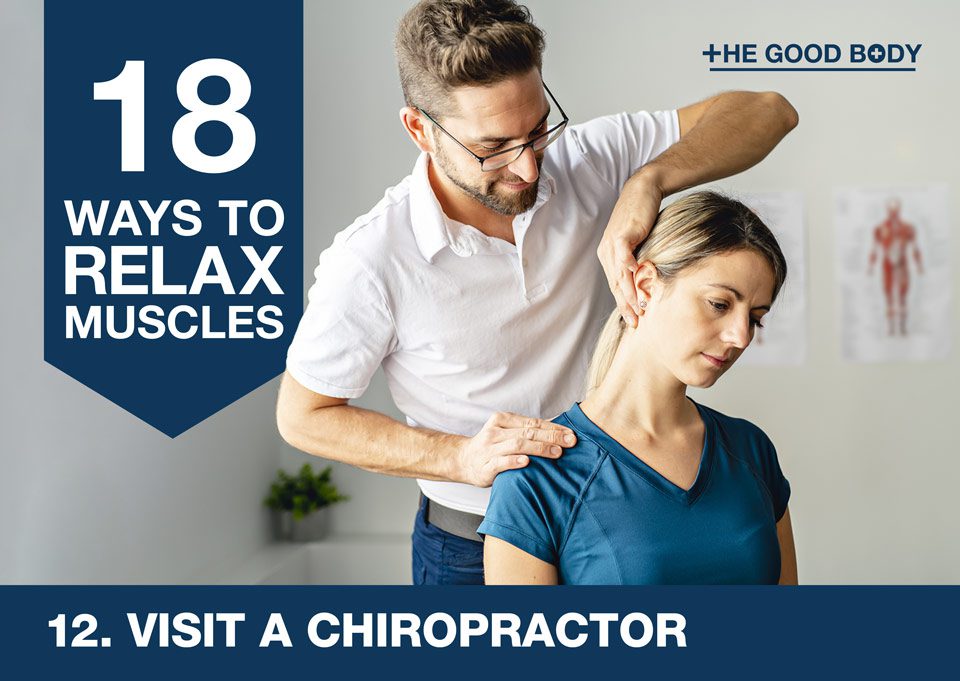
The latest chiropractic statistics show that, in the US, over one million chiropractic adjustments are performed each day, with chiropractors treating more than 35 million Americans annually.
When it comes to our muscles, this hands-on manipulation is amazing for relieving pain.
Chiropractors will work out where inflammation and muscle tension may be occurring, and develop an effective personalized treatment plan.
Studies examining muscle activity found that it was reduced by a whopping 25% after chiropractic treatment.
According to research from one of the top chiropractic schools, chiropractic techniques can be even more effective at reducing pain than muscle relaxers.
13. Improve Your Circulation
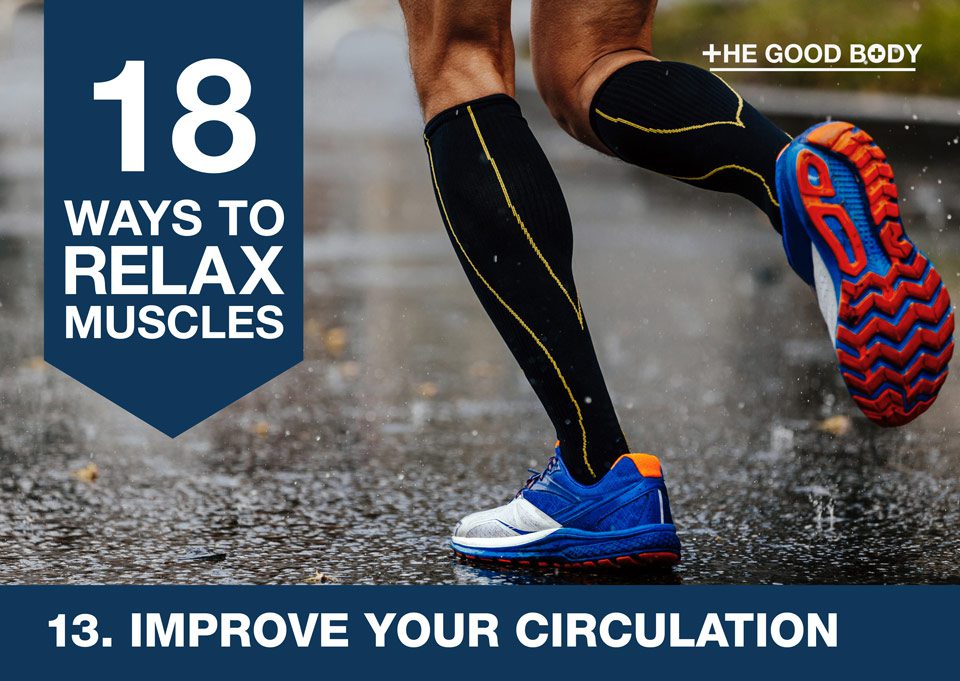
Blood circulation is one of the most important processes going on in your body right now, playing a fundamental role in keeping you healthy.
One of the best ways to keep our blood pumping is through cardio exercise.
It improves the capacity of our blood vessels to dilate, which makes them work more efficiently, allowing our muscles to receive oxygen.
There are lots of other ways to improve your circulation too, including compression socks and dietary changes.
14. Use Essential Oils
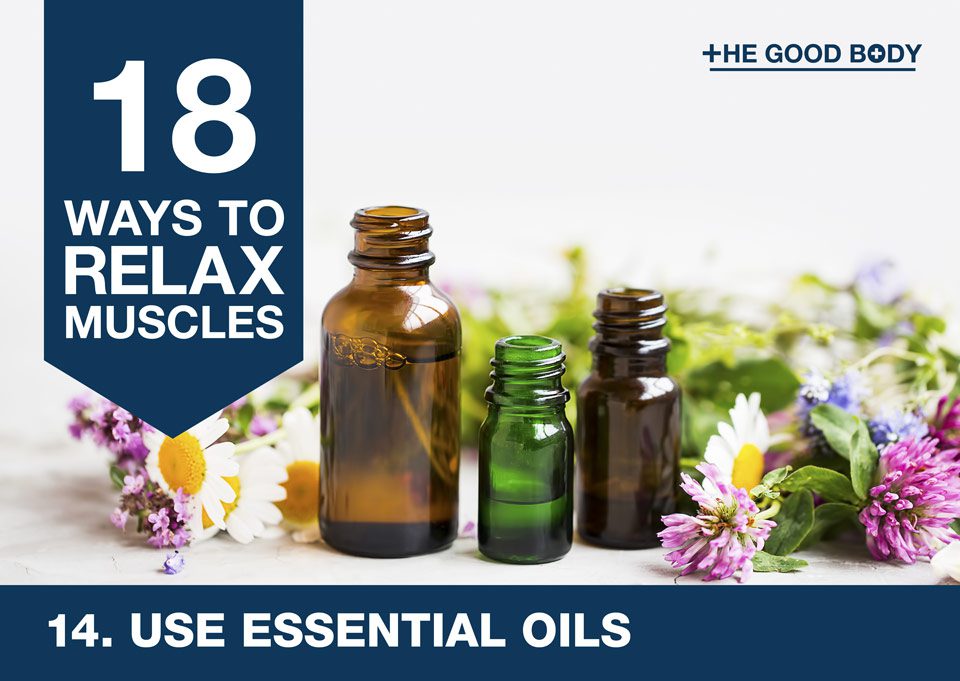
When it comes to reducing muscle pain, tension and spasms, we’ve got some scientifically proven essential oils for you to try:
- Frankincense is calming for the respiratory tract, helping us to breathe more smoothly. It invigorates the blood, calms the heart and helps with anxiety and depression which may leave our muscles tense.
- Lemongrass helps to get the blood pumping and can relieve both backaches and muscle spasms.
- Tea tree oil has been shown through research to act as an anti-inflammatory when it comes to our muscles.
- Lavender has anti-inflammatory and analgesic properties that are so effective when it comes to easing muscle pains. It also works wonders on muscle tension caused by anxiety and is one way to improve your sleep.
15. Experiment with Herbs
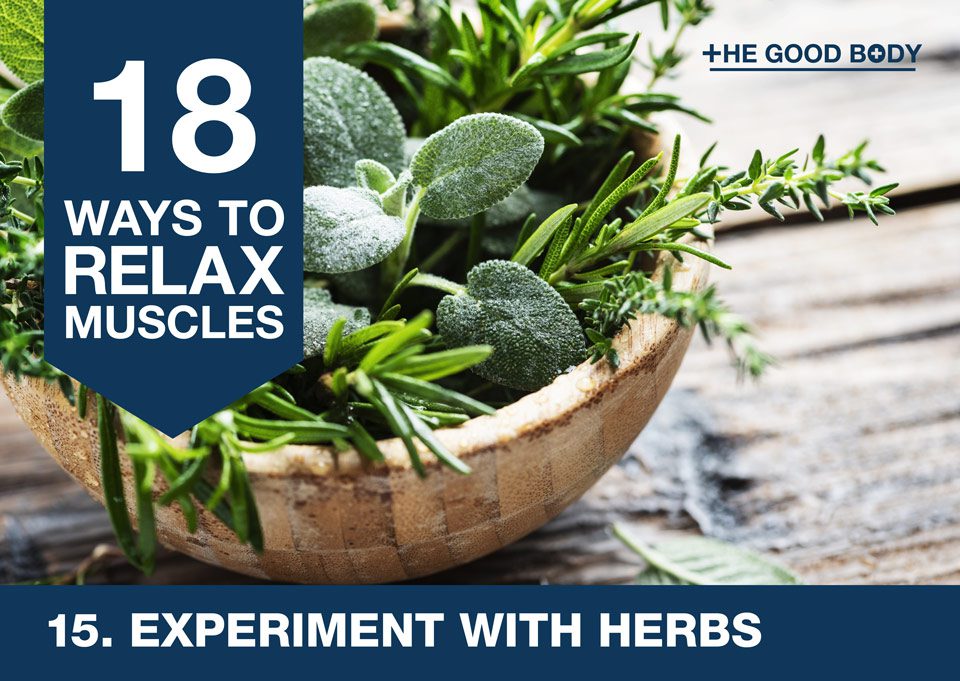
Herbs are excellent natural muscle relaxers that can also ease many different ailments.
The best herbs for our muscles are ‘adaptogens’. But what do they do?
Adaptogens help our bodies adapt when placed under intense physical or mental stress by improving our susceptibility to stress, as well as enhancing our physical performance.
Ashwagandha is an Indian herb, that is classed as an adaptogen. It can help to improve muscle recovery by decreasing lactic acid levels, relieving pain, lowering harmful inflammation, decreasing the stress hormone cortisol and speeding up muscle growth.
The University of Rochester Medical Center explains explains St John’s Wort is beneficial as a muscle relaxant, particularly when trying to ease menstrual cramps.
It has calming effects as it acts like a mild tranquilizer and has a positive impact on our nervous system. However, don’t get too excited as there’s still more research needed here.
Ginseng also has a relaxing effect on the vascular smooth muscle!
A popular way to ingest herbs is through tea, and it can work wonders for muscle spasms.
The American Chemical Society’s research shows that chamomile is fantastic for anxiety and can relax muscles to prevent cramping.
When you have a cup you actually raise glycine levels in your urine. Glycine is a compound associated with relieving muscle spasms, that also acts as a nerve relaxant.
16. Stay Hydrated
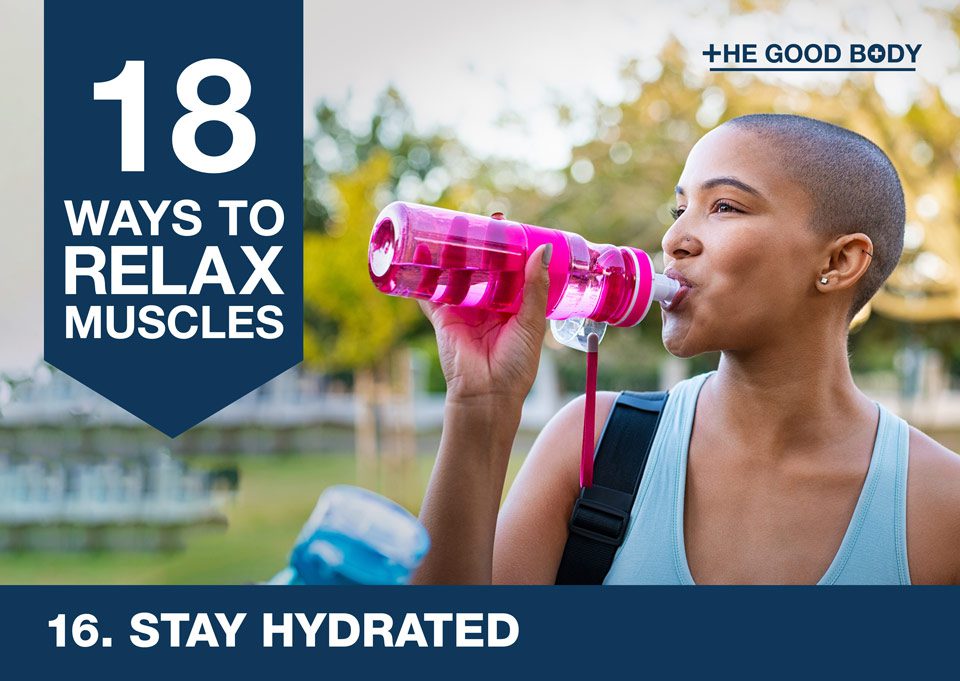
Dehydration, when your body loses more fluids and electrolytes than it takes in, causes muscle spasms.
It also decreases blood volume. That means your muscles and organs have less blood flow, resulting in cramps and spasms.
Moderate and severe dehydration mean the electrolytes we came across earlier, magnesium and potassium, need replacing as they play a pivotal role in muscle function.
When it comes to rehydration after exercise you have to realize not all drinks will have the same effects though.
A study published by BMJ Open Sport and Exercise Medicine discovered that when participants rehydrated with a drink that contained electrolytes they were less likely to experience cramps. Participants that drank plain water were more likely to have cramps.
Avoid food and drinks that make you dehydrated such as alcohol, salty foods and fizzy drinks.
The 2015–2020 U.S. Dietary Guidelines do not recommend a specific daily water or fluid intake, but they do recommend choosing plain rather than flavored water and juices.
17. Get a Good Night’s Sleep
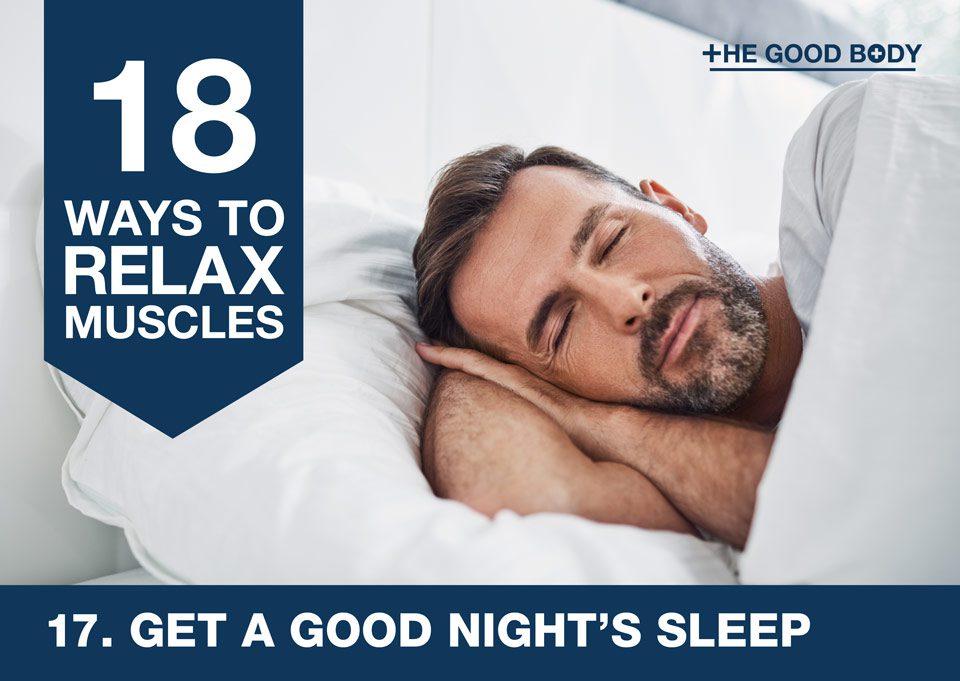
Sleep is a wonder drug for our physical and mental health. If you want to know how to relax your muscles then there’s nothing better.
Good quality slumber is an essential component for muscle recovery and even growth.
When you’re sleeping, your muscles completely relax. But did you also know that a crucial muscle-building growth hormone is secreted during deep sleep?
Without good quality sleep, the growth hormones are weakened and you could find your muscles are tense or sore in the morning.
A tip: get to bed early and reap the huge benefits, not just more relaxed muscles but spoiler alert…it could save your life!
Recent sleep statistics show that sadly 35% of Americans don’t get the recommended seven hours of sleep each night.
If you’re one of them, we have lots of ideas to help you sleep better.
Get to bed early and reap the huge benefits, not just more relaxed muscles but spoiler alert… it could save your life!
Sadly 35% of Americans don’t get the recommended seven hours of sleep each night.
If you’re one of them, we have lots of ideas to help you sleep better.
18. Take a Muscle Relaxant
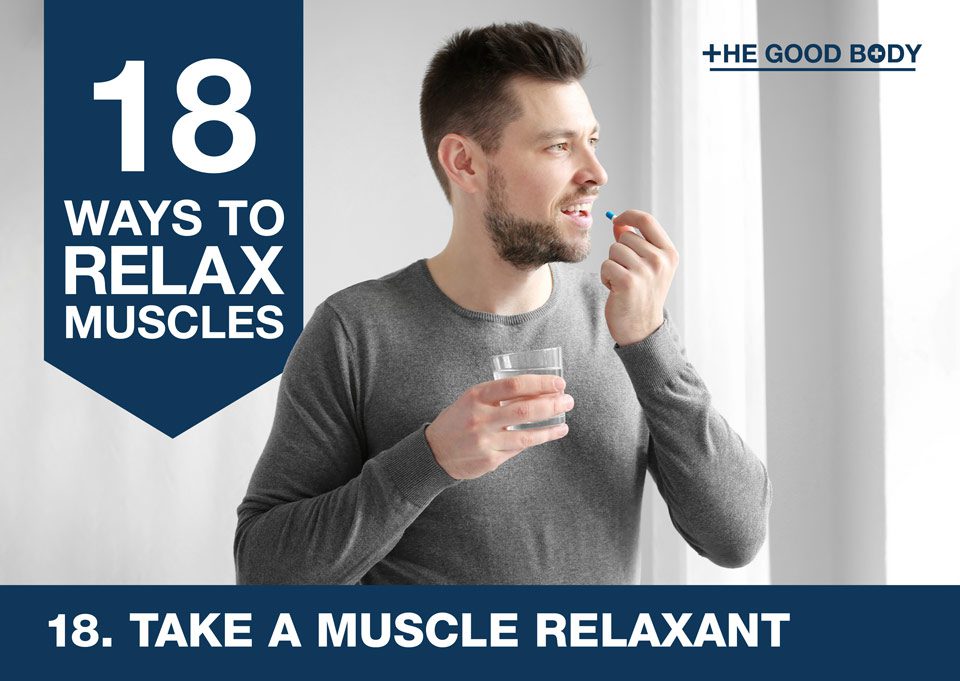
After you’ve exhausted every avenue, you may want to explore a muscle relaxant.
As explained by the Mayo Clinic, Diazepam (the brand name you may be familiar with is Valium) is used to relax muscles or relieve muscle spasms, as well as other symptoms and seizure disorders.
You should know that it’s the second most commonly prescribed benzodiazepine. Research published by the University of Michigan found that over 30 million people in the US have benzodiazepine prescriptions.
The crucial thing to understand here is Valium can be habit-forming, even when taken as prescribed, and can cause you to become emotionally and physically dependent.
If someone uses the drug, they may be prone to becoming addicted, so it’s essential to discuss all the potential side effects with your doctor.
In desperate need of pain relief?
When you’re struggling with pain and discomfort, medication can sometimes feel like the only option.
Explore our list of natural pain management alternatives, and you might be inspired to try something new!


